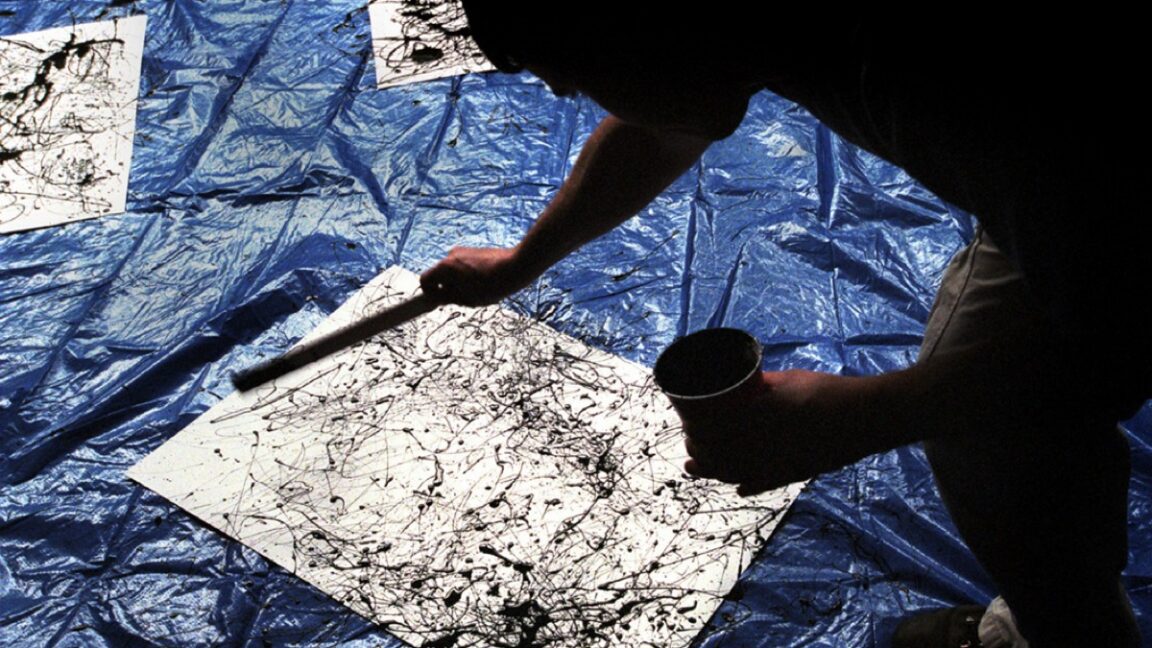
"Not everyone appreciates the artistry of Jackson Pollock's famous drip paintings, with some dismissing them as something any child could create. While Pollock's work is undeniably more sophisticated than that, it turns out that when one looks at splatter paintings made by adults and young children through a fractal lens and compares them to those of Pollock himself, the children's work does bear a closer resemblance to Pollock's than those of the adults."
"Co-author Richard Taylor, a physicist at the University of Oregon, first found evidence of fractal patterns in Pollock's seemingly random drip patterns in 2001. As previously reported, his original hypothesis drew considerable controversy, both from art historians and a few fellow physicists. In a 2006 paper published in Nature, Case University physicists Katherine Jones-Smith and Harsh Mathur claimed Taylor's work was "seriously flawed" and "lacked the range of scales needed to be considered fractal.""
"Taylor was particularly criticized for his attempt to use fractal analysis as the basis for an authentication tool to distinguish genuine Pollocks from reproductions or forgeries. He concedes that much of that criticism was valid at the time. But as vindication, he points to a machine learning-based study in 2015 relying on fractal dimension and other factors that achieved a 93 percent accuracy rate distinguishing between genuine Pollocks and non-Pollocks. Taylor built on that work for a 2024 paper reporting 99 percent accuracy."
A fractal comparison finds children's splatter paintings more similar to Jackson Pollock's drip paintings than adults' splatter works. A new paper links that resemblance to Pollock's physiology, specifically a certain clumsiness in balance that shaped his distinctive style. Richard Taylor identified fractal patterns in Pollock's drip paintings in 2001. That finding prompted controversy, including a 2006 critique claiming methodological flaws and insufficient scale range. Critics produced rapid fractal-like images with Photoshop. Attempts to use fractal measures for authentication drew criticism, but subsequent machine-learning studies reported high accuracy, including 93% in 2015 and 99% in 2024.
Read at Ars Technica
Unable to calculate read time
Collection
[
|
...
]